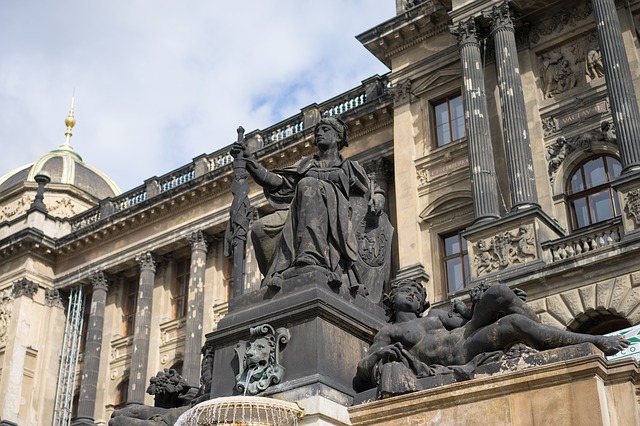The First Republic – Czechoslovakia was a state which was formed after World War I after the fall of the Austro-Hungarian Empire.
The Czech lands and Slovakia got together and established the independent stated which was named Czechoslovakia. Czechoslovakia emerged on October 28 in 1918. The capital of the republic became Prague and the head of the republic became a great man and politician Tomáš Garrigue Masaryk.
The First Republic
The time between two world wars was named “the First Republic” because before this period Czech lands were the kingdom or a part of it. Czechoslovakia had a parliamentary democracy and about seventy per cent of the industry of the former state Austro-Hungarian Empire was placed in here. And for this reason the economy of Czechoslovakia belonged to the strongest ones in the entire world.
Alphonse Mucha
Another interesting and world-known man lived during this period – it was a marvellous Czech-French art-nouveau painter Alphonse Mucha who was admired not only in Prague but in Paris as well.
However, in the mid-1930s, the German inhabitants of the Czech border that was named the Sudetenland wanted their autonomy and this force was supported by Germany and mainly by Adolph Hitler.
In 1935 the Czechoslovakia president Tomáše Garrigue Masaryk resigned because of his poor health and the post was given to Edvard Beneš. In September 1938 Germany, France, Italy and Britain signed the Munich Pact that was the agreement about giving Germany right to invade into Czechoslovakia. The Munich Pact is also named “O nás bez nás” (About us, without us) and the pact became one of the hints that meant the end of the First Republic. The border areas were occupied by German armies until the end of the Second World War in 1945.
